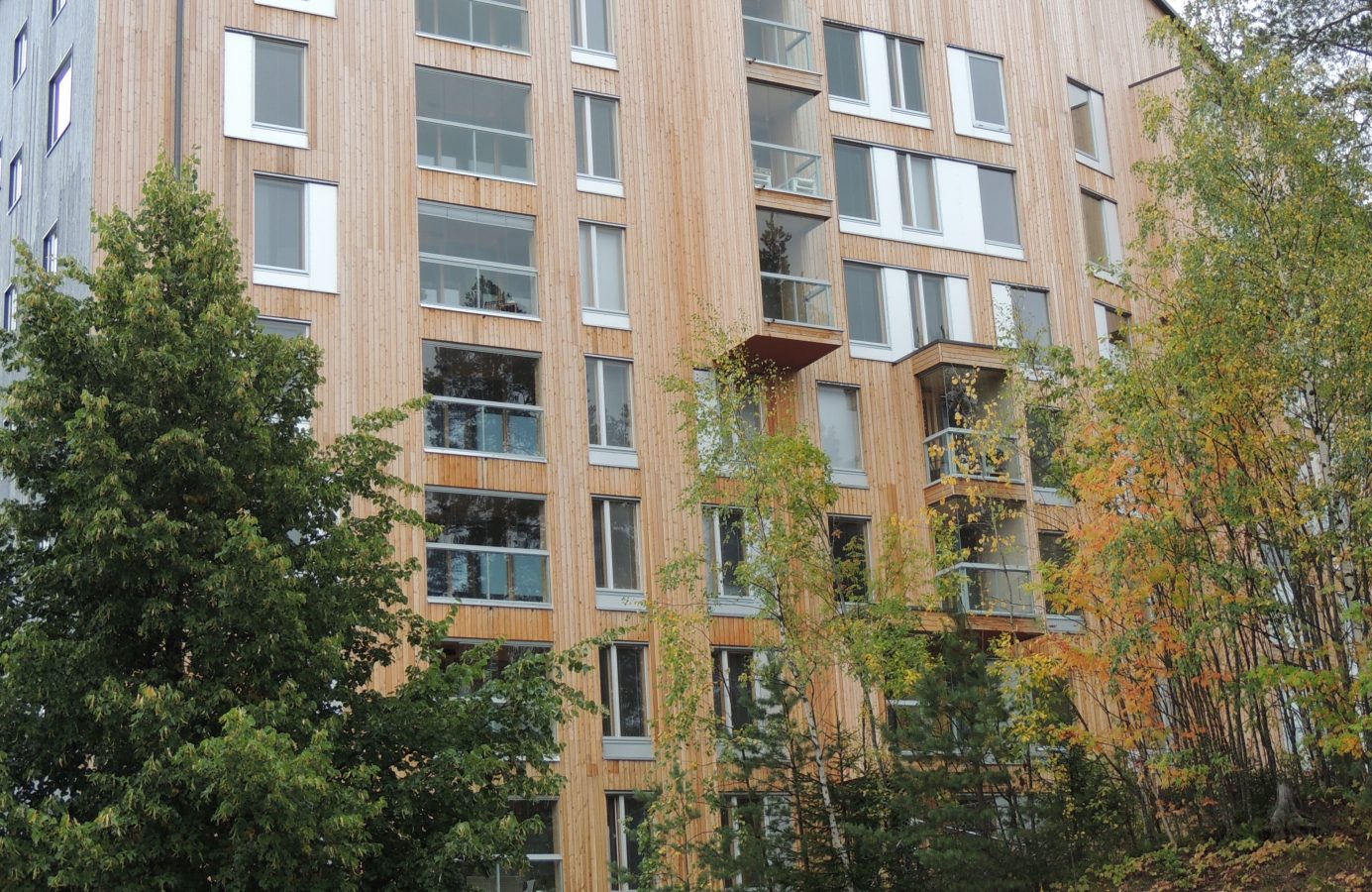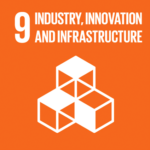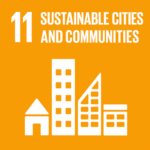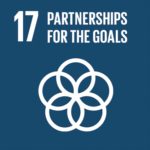Finnish regions implement national bioeconomy strategy with help from ministries

Case - Published 8.3.2024
Finland’s bioeconomy strategy aims at doubling the added value of bioeconomy sustainably. Is there undiscovered potential, and the courage to grow? The question has been debated in the regions, and solutions have also been found. For deploying the bioeconomy strategy in the regions, planning tools are available.
Finland’s bioeconomy strategy is designed to boost the added value of bioeconomy. The regions and their dynamic developers, including businesses and seats of education, were identified as important bioeconomy actors.
It was then necessary to establish how the regions could assess the value created in bioeconomy and the potential to increase it. After the strategy was finalized in 2022–2023, the Ministry of Agriculture and Forestry and the Ministry of Labour and Economic Development held discussions with several regional councils and the Centres for Economic Development, Transport and the Environment (ELY Centres). Thanks to these, the ministries gained a good situation awareness, which was further complemented by a survey questionnaire sent to all regions. Viewpoints important for bioeconomy were also discussed in several webinars.
Bioeconomy is part of smart specialization
In the regions, the growth of added value or processed value has mostly been discussed in the context of smart specialization strategies or regional programmes. Growth potential has been identified, among others, in production sidestreams, wood construction, foodstuffs, tourism and well-being services. Elements of sustainability have been discussed in connection with climate programmes, among others. The sustainable harmonization of the uses of bio-resources requires good cooperation. Forests are included in the plans of several regions – in terms of both high-value industrial products and carbon sequestering services and as environments of service production. Cooperation between different sectors can lead to new opportunities.
Experiences from North Karelia and Kainuu
Once a region decided to start drafting a bioeconomy action plan, facilitation services were offered to assist in the work.
The North Karelia and Kainuu regions drew up plans for the regional implementation of the bioeconomy strategy under leadership of the regional councils and jointly with actors in the regions. These regions offered to act as pilots, to allow other regions to learn from their methods and experiences.
“With the pilot regions, we strove to create a process that was as practical and participatory as possible, because it would then be quicker to draft a plan that was ready for implementation,” says Tarja Ollas from Tapio, who acted as facilitator. “We also created a Word template that can be used at every planning stage.”
Both regional councils initiated the planning as a desk exercise, gathering information on how far bioeconomy was already included in other strategies and programmes in the region, and identifying the people and actors that should be included in the work.
Jouni Ponnikas, Director of Regional Development at the Kainuu Regional Council, described the first planning stages as matchmaking between programmes and road maps.
“We did know that bioeconomy is a central sector in Kainuu. Over several programming periods, it has been included in the regional programme and in the smart specialization strategy as one of the spearheads of business development. It was nice to see that the goals of the national bioeconomy strategy are well in line with Kainuu’s goals,” says Jouni Ponnikas, and continues:
“There’s no doubt that even in the next regional programme, bioeconomy will be a strong element. That’s natural, given the strong natural resources base in Kainuu, and the diversified and extensive business activity based on that. The national bioeconomy strategy and the Kainuu regional plan provide a good foundation for setting the bioeconomy goals in the new regional programme, which will be implemented from 2025 onwards.”
In North Karelia, the work was helped along with two workshops. To begin with, representatives of the most important actors were convened to draft a situational picture of bioeconomy and new opportunities. The results were approved by a larger group, which also formulated practical measures that actors in the region were prepared to commit to. The plan was finalized by the regional council, and on being officially adopted it was published over the web.
“Forest bioeconomy has played and will continue to play a crucial part in North Karelia, as a branch creating added value and an important employer. It’s easy to commit to the goals of the new national bioeconomy strategy, since the same topics are discussed by actors in the region,” says Sari Koivula, forest and climate expert at the North Karelia Regional Council.
Koivula describes the success factors in the process: “Starting the work with a SWOT analysis was a good way of bringing out the strengths and development goals of the region. Combining these two created the framework for the measures needed. We believe strongly that as we committed the actors to the process from the very beginning and also because the measures in the implementation plan were expressed by the actors themselves, the measures will be deployed without undue fuss.”
The regional implementation plans of the national bioeconomy strategy for North Karelia and Kainuu are published in Finnish on the websites of the regional councils.
Lapland: Bioeconomy viewed as significant opportunity
Lapland, too, has started an examination of bioeconomy as an opportunity to bring added value to the region.
“Lapland is rich in natural resources and especially in superiority factors related to natural products, such as the higher content of valuable substances compared to products made of raw materials from further south. Also as regards forest resources, Lapland is well placed: forest growth exceeds timber removals, and the share of conservation areas is also significant,” is how Anne Ristioja, Sector Manager at the Lapland ELY Centre, describes the baseline situation.
Key actors in the region were convened in a workshop in December by the ELY Centre and the Lapland Regional Council.
“The main message from the workshop was formulated as the need for a closer cooperation regarding bioeconomy, as well as for the provision of more information and education. We must attract more actors, especially from among young people, and therefore cooperation with education providers in the development activity was considered important. It was also felt that a lot needed to be done on the practical level, such as developing technologies for increasing the value of bio products,” Ristioja summarizes.
The aim is to continue the work by assembling information to form an overall picture of bioeconomy in Lapland, in order to gain actual baseline data, and to be able to assess the outcome of future measures.
The facilitation services offered by the ministry were welcomed.
“We were especially grateful for assistance in organizing the workshop, for due to the busy autumn period we would otherwise have had to postpone the work until who knows when,” Ristioja says.
Bioeconomy should be taken on agenda of EU Commission
“The ministries were pleased with the outcomes and the active engagement of the regions. The exercise gave weight to the impression that the full potential of bioeconomy has not yet been utilized,” says Anne Vehviläinen, Senior Ministerial Adviser (Bioeconomy) at the Ministry of Agriculture and Forestry.
Investments in bioeconomy have a strong support on the national level. Funding is available for growth-oriented businesses, and the regions would do well to make use of EU funding in particular. In addition to domestic activity, Finland aims at strengthening the competitivity of the EU through bioeconomy.
“Bioeconomy must be placed in the centre of the EU Commission’s agenda,” stresses Vehviläinen.
The article author is Tarja Ollas, Editor-in chief of Biotalous.fi and Marketing and Communications Expert at Tapio.
Agenda2030
The regional bioeconomy action plans promote the following Sustainable Development Goals of the UN:
- Goal 9: Sustainable industry, innovation and infrastructure
- Goal 11: Sustainable cities and communities
- Goal 17: Partnership for the goals
Additional information
All regional councils have received the material supporting the planning. Additional information is available from Tarja Ollas, Facilitator, at Tapio.
The materials for webinars arranged for the regions and the programmes of the regional workshops (in Finnish) are available here.
Contact information
Tarja Ollas: tarja.ollas(at)tapio.fi, +358 29 432 6048
Anne Vehviläinen: anne.vehvilainen(at)gov.fi, +358 295 162 236



